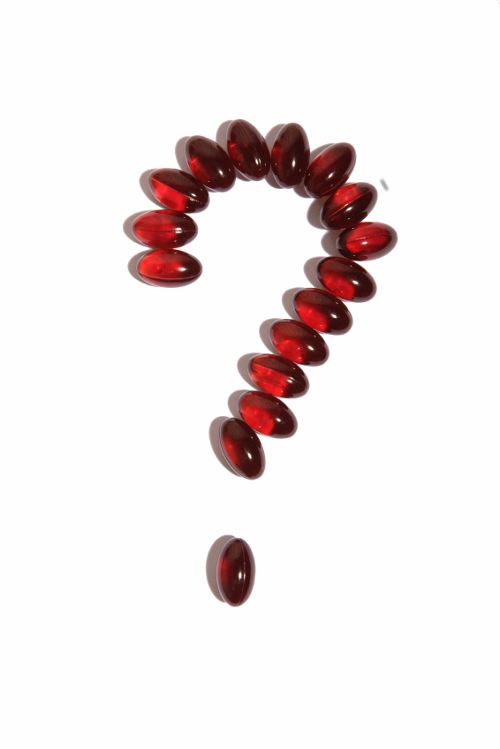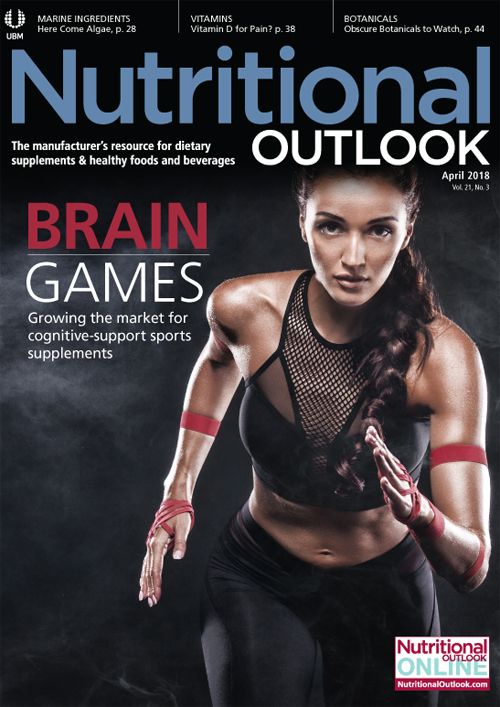Dietary Supplement Package Design: New and Improved, or Tried and True?
Can an out-of-the-box package design help a supplement company appeal to a broader audience or capture the attention of new types of customers?
Photo © iStockphoto.com/kraftstock

Earlier this year, when Googling “dietary supplement package design,” I came across the website www.99designs.com, a self-described graphic design “marketplace.”
In addition to traditionally connecting designers and clients, one of the site’s best-known features is its “design contest” whereby a company, for a fee, can submit a request for a graphic design-say, for a dietary supplement package-and any of the thousands of designers from the 99designs network can submit designs online for the company to consider until, at last, the company selects one winning design.
The firm acknowledges that there are both benefits and drawbacks to this system. “Generally speaking, you can get high-quality design on 99designs at a more affordable price than from a design firm,” says 99designs Chief Marketing Officer Pamela Webber. “However, since you complete your project online, you will not have the level of personalized service that you would receive at a design firm. That is the trade-off.”
I wondered, however, if there might be some additional benefits to this approach, one of them being exposure to a vast array of designers. Webber thinks so: “The design contest provides more choice for your packaging project than working with one designer because different designers have different aesthetics and approaches to projects.” Of course, while some of those designers may have experience designing packages for the supplements industry, others may not. “Our designers come from all kinds of backgrounds,” Webber says. “Some specialize in more traditional nutritional packaging, while others may have broader interests and bring a fresh perspective.”
I asked Webber whether this “fresh” perspective could actually benefit a supplement brand. For instance, could an out-of-the-box design from an outsider’s perspective ultimately help a supplement company appeal to a broader audience or capture the attention of new types of customers? “Absolutely!” says Webber. “Sometimes the best part of a contest is seeing a submission you didn’t even know you wanted. While nutritional supplements traditionally have a specific ‘look,’ it can be interesting to see how designers branch out differently. If the design stands out in a contest, it might also stand out on the shelf.”
One of 99designs’ designers, an Italy-based designer named Natalino Milillo, whose portfolio boasts numerous design-contest wins in the dietary supplements space, spoke about how he first began designing for the supplements industry. “Before discovering 99designs, I worked mainly in stationery design,” he says. “With 99designs, I started participating in packaging contests that focused on supplements for health and sports, with immediate success-I think because I tried to avoid more generic label designs.” Milillo continues: “In my opinion, a successful designer must dare to go beyond what’s expected-even at the risk of ‘scaring’ the customer.”
According to another design expert, however, it’s not always the case that designers new to the market necessarily bring new ideas. Yadim Medore, founder and CEO of Pure Branding (Northampton, MA), which he describes as a “strategic consulting, market research, and brand development agency” that has served the dietary supplement, functional food, and personal care industry for nearly 20 years, says it may seem counterintuitive but what he’s seen is that in cases where design firms don’t really know the supplements market, “instead of coming up with something new and exciting, they often come up with something that’s been tried before. It’s new to them, but not to the category. I know it sounds counterintuitive that this happens, but it does.” Medore’s company also designs packaging, but only after the “higher value work” of designing a larger, long-term strategy for the brand, he says. Pure Branding, for instance, was responsible for developing the supplement industry’s first consumer traceability program for Gaia Herbs, complete with an entire QR code system for the brand’s packaging.
In Medore’s opinion, gaining deep insights first is key to the process. “Design and packaging come after the higher-value work of developing a strategy for the brand, and that requires understanding of the market, the participants (consumers and the trade), the organization, and the product category and regulatory landscape. Once the strategic work is done, the design expression is informed by this foundation and no longer becomes subjective.” Essentially, Medore says, what’s needed is a “strategic dialogue between designer, marketer, research, and client.”
As for 99designs’ Webber, she does point out that the more explicit that a company entering its contest is in terms of describing its requirements and aesthetic needs, the more on target the design submissions are likely to be.
At this point, I wondered, which is the better choice-a “fresh” voice, or an industry veteran? Each has its pluses, and supplement companies are apparently finding satisfaction in both. Perhaps the bottom line at the end of the day is that talented designers will be successful. After all, Medore says, “Knowing the supplement market is a plus, but not the only requisite…Bad design, no matter how well you are versed in supplements, is still bad design.”
Jennifer Grebow
Editor-in-Chief
Also read:
Natural Products Packaging: Cutting Through the Clutter
Best Seller: Telling a Brand's Story though Dietary Supplement Package Design

Prinova acquires Aplinova to further increase its footprint in Latin America
April 7th 2025Prinova has recently announced the acquisition of Brazilian ingredients distributor Aplinova, which is a provider of specialty ingredients for a range of market segments that include food, beverage, supplements, and personal care.

























